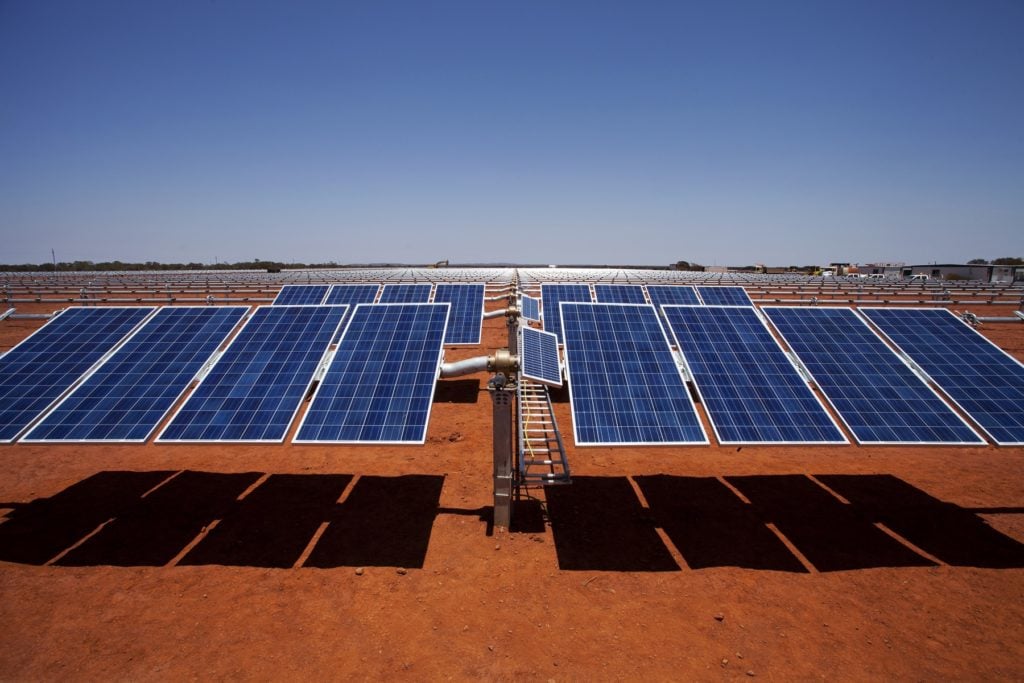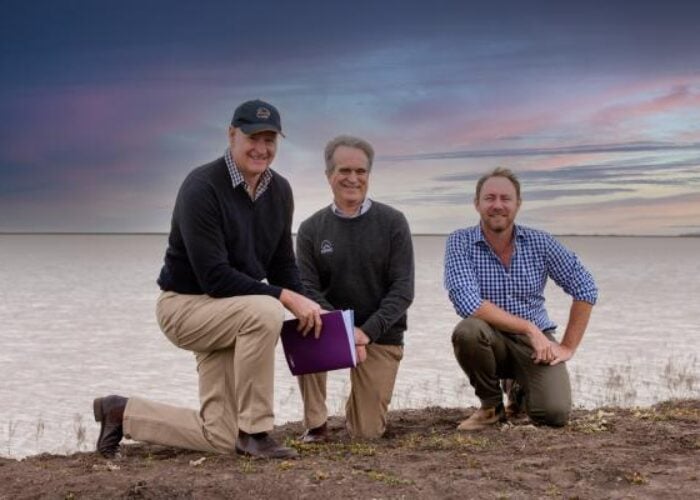
The Australian Energy Market Operator (AEMO) has published a series of planning and forecasting publications under the 2021 Inputs, Assumptions and Scenarios (IASR) report that present five different visions of Australia’s future.
AEMO forecasts the future of Australia’s National Electricity Market (NEM) using a range of scenarios, inputs and assumptions to examine the expected reliability of future systems to inform investors and policy-makers on investments in supply, transmission and storage.
Unlock unlimited access for 12 whole months of distinctive global analysis
Photovoltaics International is now included.
- Regular insight and analysis of the industry’s biggest developments
- In-depth interviews with the industry’s leading figures
- Unlimited digital access to the PV Tech Power journal catalogue
- Unlimited digital access to the Photovoltaics International journal catalogue
- Access to more than 1,000 technical papers
- Discounts on Solar Media’s portfolio of events, in-person and virtual
The 2021 IASR describes five scenarios, developed with industry participants and consumer representatives, to cover a plausible range of energy futures.
It maps the scenarios – Slow Change, Steady Progress, Step Change, Net Zero 2050 and Hydrogen Superpower – against underlying demand and decentralisation processes. AEMO’s chief system design officer, Alex Wonhas, said the five scenarios capture the broad range of plausible futures of the NEM in the coming decades.
Slow Change paints a picture whereby Australia has not made coordinated efforts to reduce carbon emissions or to use more electricity across the NEM, while Steady Progress assumes that by 2040, rooftop solar has doubled, power system development is driven my mainly market forces and a third of the cars on the road are electric.
Step Change envisions a scenario where consumers have led a transformation by installing more of their own power sources, buying electric vehicles and voting for strong global policy action to rapidly reduce carbon emissions.
Net Zero assumes the NEM has seen 10 years of growth in deployment of emissions abatement technologies, industry and manufacturing processes are now just over 30% powered by electricity and heat pumps are playing a much larger role in heating Australian homes in the winter.
The final scenario, Hydrogen Superpower, is an Australia where the energy sector has been transformed by government policy, corporate action, and technology breakthroughs. Electricity is generated with zero or near zero emissions, and businesses and households are increasingly switching from other fuels to electricity.
“There is no doubt the energy transition is forging ahead. We have tried to capture this through a range of scenarios characterised by the growth of electricity demand and the pace of decarbonisation,” Wonhas said.
Last month, the new chief of AEMO said he wants the country’s grids to be capable of handling 100% renewables by 2025.
AEMO consults on and publishes its scenarios, inputs, assumptions and methodologies.
The report can be viewed in full or in summary here.







